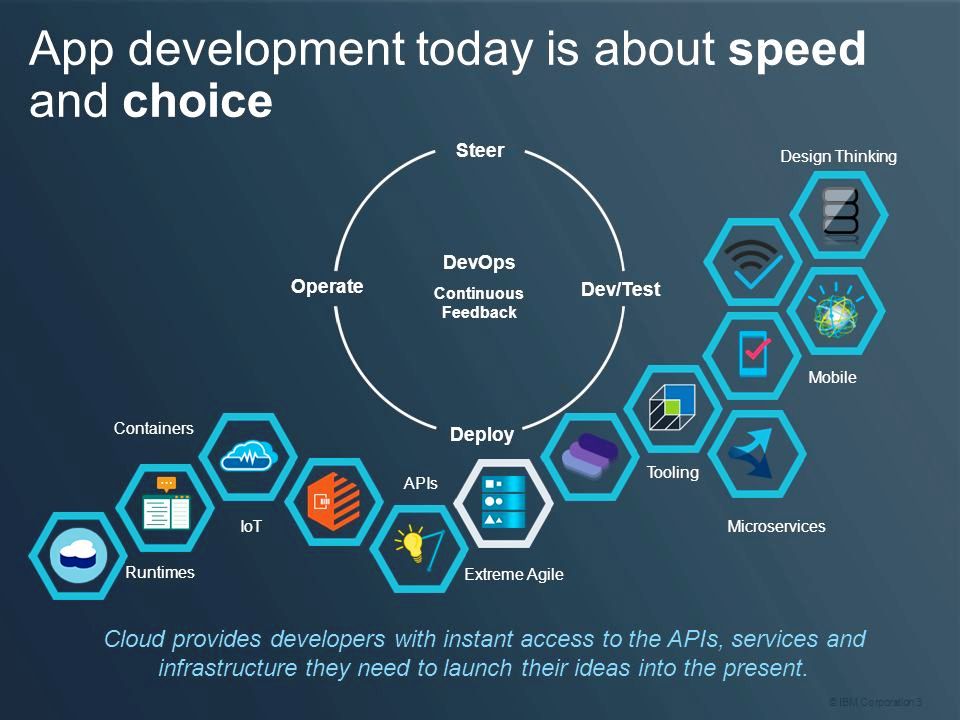The application platforms and cloud native services marketplace is undergoing a significant and disruptive transformation. Complexities around infrastructure implementations of modern architectures have threatened to derail critical DevOps initiatives, prompting a need for microservices network and app management technologies, says GlobalData, a leading data and analytics company.
Transitioning from a monolithic application model to microservices architecture as part of app modernization projects poses numerous challenges. As a result, a number of start-ups are emerging to address microservices connectivity issues through new microservices network and application management solutions.
Charlotte Dunlap, Principal Technology Analyst at GlobalData, says: “Start-ups are building solutions alongside service mesh open source software (OSS) technology, including Istio and Linkerd, respectively to manage connectivity and apps, and address the demands of distributed apps. As a result, infrastructure and cloud providers are embracing these solutions and will integrate innovative service mesh technologies into management services this year.”
Traditional application platform providers, such as Amazon, Google and Microsoft, and increasingly infrastructure providers, such as F5 and VMware, are enhancing their respective application and infrastructure platforms to include microservices toolchains and frameworks, based on various implementations of a service mesh, which provide guidance and development patterns to help developers get familiar with this new approach.
GlobalData has just launched a new Market Disruptor series called ‘Microservices Network and App Management’, featuring HashiCorp, Heptio, Buoyant, and NGINX. By way of validating this growing technology trend, recent acquisition activity within this market segment includes announcements regarding VMware’s intent to purchase Heptio in February and F5’s intent to purchase NGINX in March.
Dunlap concludes: “Ultimately pure plays will help bridge traditional application infrastructure technology with modern app architectures through offerings which will span infrastructure security, application management, and app security to application delivery controller, API management, microservices, and app server. The trend where infrastructure layers are built into applications and the ability to more easily manage those new architectures will support customers’ hybrid application scenarios encompassing virtualization, monolithic, and microservices based applications.”
































